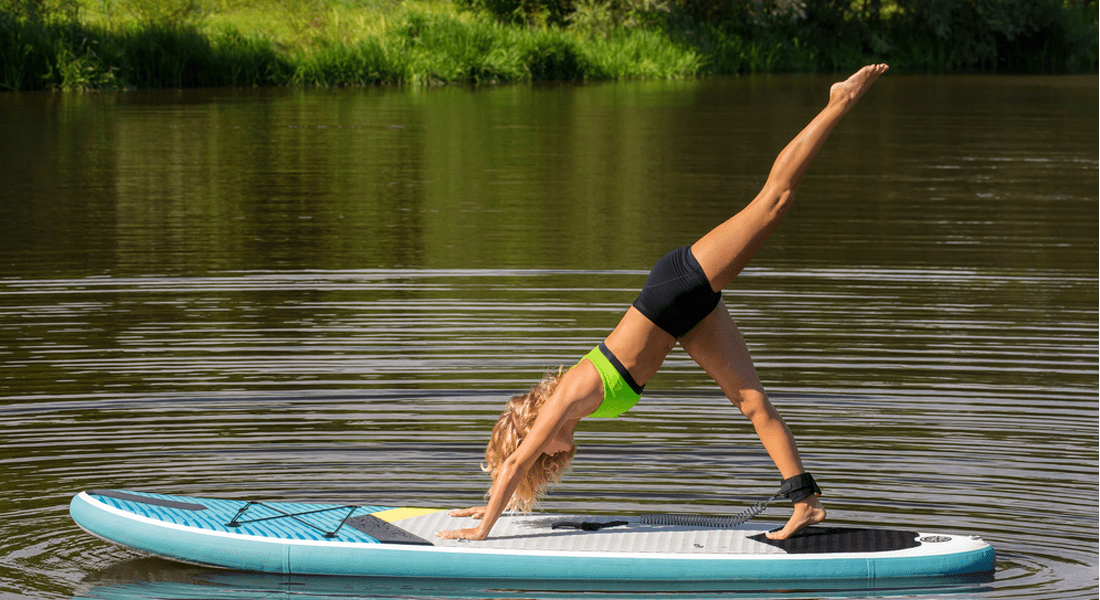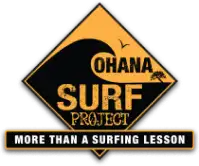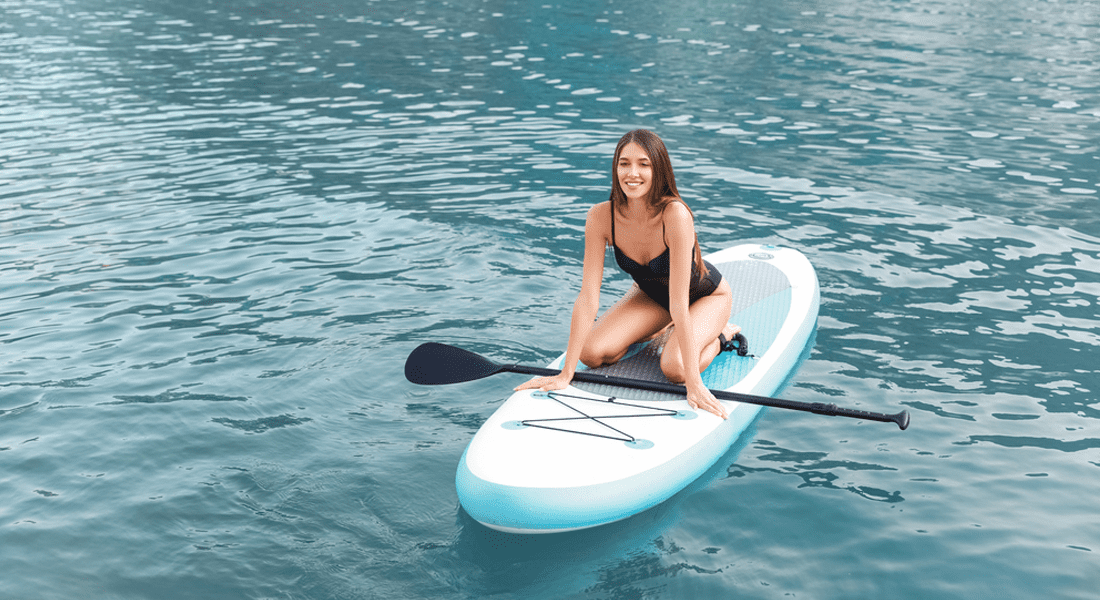
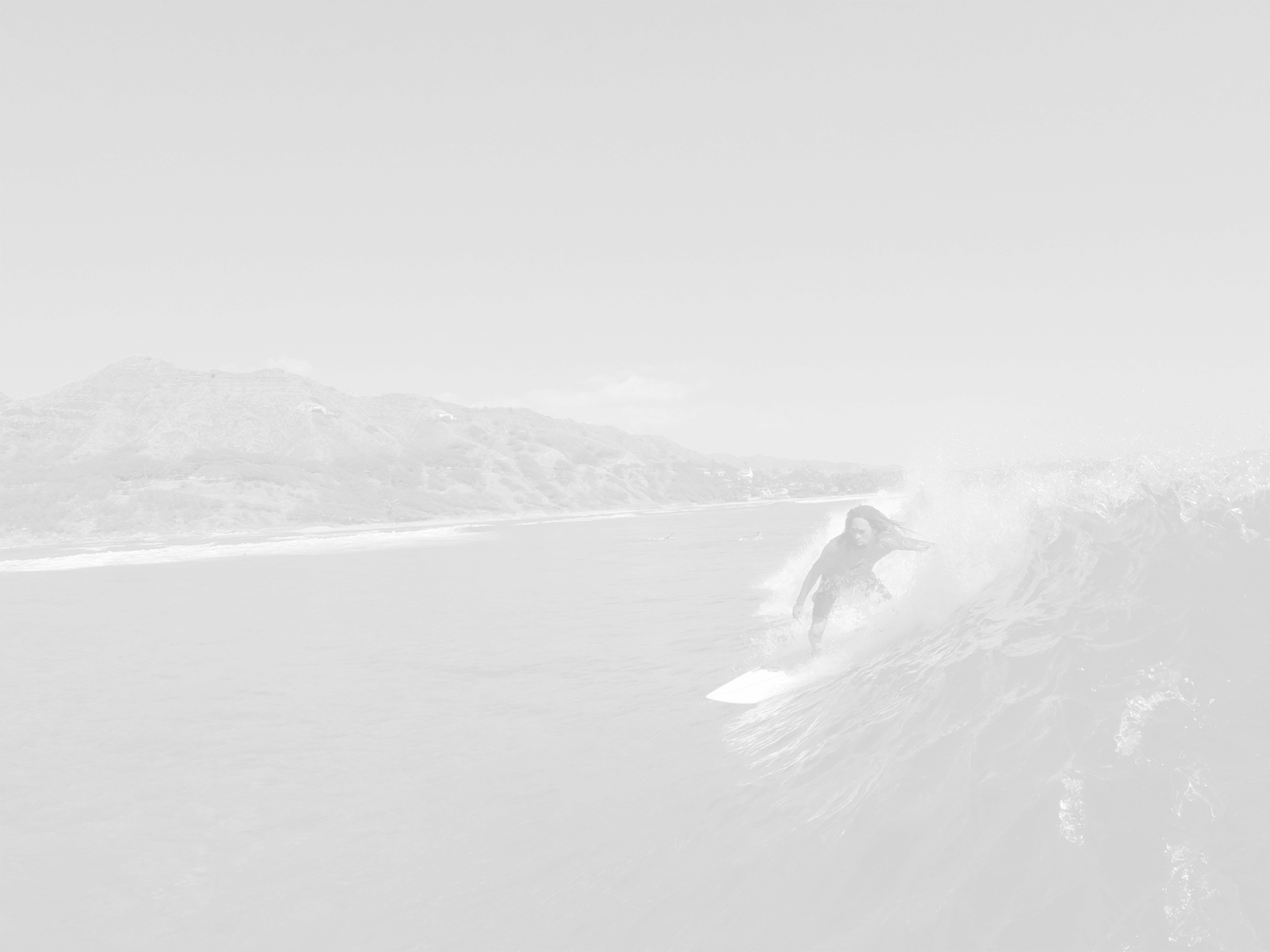
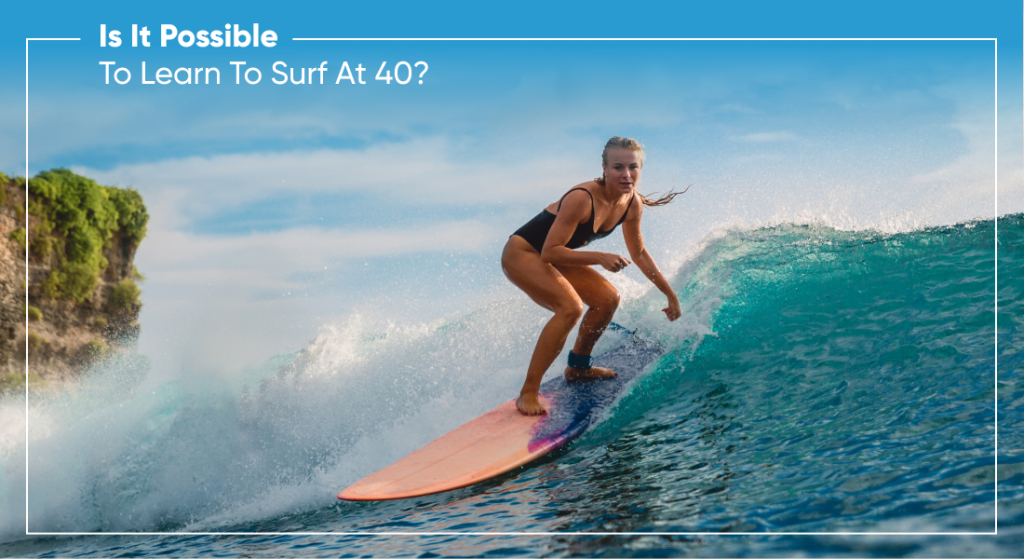

Is It Possible To Learn To Surf At 40?
Many people believe surfing is a young person’s sport. However, that couldn’t be further from the truth. Learning to surf at 40 is not only possible but also rewarding. The ocean doesn’t care about age; it’s all about technique, persistence, and the willingness to have fun. If you’re ready to hit the waves, there’s no reason to hold back.
Why Surfing Is a Great Sport at Any Age
Surfing is more than just a sport—it’s a lifestyle that connects people with the ocean. Unlike high-impact activities, surfing is about balance, patience, and reading the waves. It improves flexibility, core strength, and cardiovascular health.
The best part is that you don’t need to be an athlete to start. Many beginners over 40 have picked up surfing and fallen in love with it.
The combination of being in the ocean, focusing on the present moment, and moving with the waves makes it an excellent way to clear your mind. For many, it becomes more than a hobby and turns into a passion that keeps them coming back.
The Right Mindset for Learning Later in Life
Picking up a new skill at any age comes with challenges. Nevertheless, mindset plays a big role. Many beginners over 40 approach surfing with hesitation, worrying about fitness levels or fear of failure. The key is to embrace the learning process. No one stands up on a board immediately. Every experienced surfer has wiped out more times than they can count.
Instead of focusing on perfection, celebrate small wins. Catching your first wave, popping up for a second, or even just feeling comfortable on the board are all victories. Surfing isn’t about speed—it’s about progress, no matter how slow.
Choosing the Right Board for Beginners Over 40
Not all surfboards are the same. For those starting later in life, the right board makes all the difference. A longer, wider board with good volume will help with stability. Foam boards, often called soft tops, are an excellent choice. They are easier to balance on, more forgiving when falling, and offer better floatation.
Shortboards may look cool. However, they are harder to control. Many beginners get discouraged by using the wrong board, thinking surfing is too difficult. Starting with a larger board helps build confidence before transitioning to something smaller if desired.
Learn More About Us

Building Strength and Flexibility Before Hitting the Waves
Surfing engages muscles that might not get much use in daily life. Strengthening key areas makes the learning process smoother. Focusing on core stability, leg strength, and shoulder mobility can make a difference. Yoga, swimming, and bodyweight exercises are great ways to prepare.
Flexibility is another factor. Paddling, popping up, and balancing all require a good range of motion. Stretching before and after sessions reduces soreness and improves mobility over time. Even simple exercises, like shoulder rolls and hamstring stretches, help with movement on the board.
What to Expect During the First Surf Lesson
Many new surfers worry about what their first lesson will be like. The good news is that it’s not as intimidating as it seems. Lessons usually start on the beach, where instructors explain basic techniques. Beginners learn about paddling, the pop-up motion, and how to position themselves on the board.
Once in the water, the focus shifts to catching small waves in shallow areas. Instructors often help push the board into waves and make it easier to practice standing up. Falling is part of the process, and getting comfortable with it is key. Instead of fighting the water, relaxing and going with the flow makes things easier.
Overcoming Common Fears About Learning to Surf at 40
Fear keeps many people from trying something new. Surfing at 40 comes with concerns about fitness, balance, and the unknown. In fact, these fears disappear with time and practice.
Many beginners worry about falling. The truth is, everyone falls—even experienced surfers. The key is learning how to fall safely. Relaxing the body, covering the head with the arms, and resurfacing calmly make wipeouts less intimidating.
Another common concern is fitness. While surfing is a full-body workout, beginners don’t need to be in peak shape. Strength and stamina improve naturally with practice. Surfing is about technique more than power. A slow, steady approach works better than trying to muscle through it.
The Best Conditions for Beginners Over 40
Wave selection plays a big role in learning to surf. Small, slow-breaking waves are the best for beginners. These waves allow more time to pop up and balance. Sand-bottom breaks are safer than reef breaks, reducing the risk of injury.
The right time of day also makes a difference. Early mornings and late afternoons usually offer smaller crowds and gentler waves. Fewer people in the water means more space to practice without feeling pressured.
Why Lessons Make a Big Difference
Surfing has a learning curve, but lessons make progress faster and safer. Instructors teach the right techniques from the start, helping beginners avoid bad habits. Having someone in the water giving real-time feedback builds confidence.
Lessons also improve safety. Instructors guide students through ocean conditions and show them how to spot rip currents and read waves. Knowing how to handle different situations leads to a better experience in the water.
At Ohana Surf Project, We Make Learning Fun and Safe
Surfing should be exciting, not overwhelming. Ohana Surf Project helps beginners of all ages, including those learning to surf at 40. Our instructors create a welcoming, supportive environment where students progress at their own pace. They will guide students step by step, from paddling and popping up to riding waves with confidence.
Personalized coaching makes all the difference. Instead of a one-size-fits-all approach, we focus on each student’s needs, goals, and comfort level. We also offer high-quality gear sure students have the right board and wetsuit for comfort and stability. The right equipment makes the learning process smoother and more enjoyable.
Get Started on Your Surfing Journey
It’s never too late to start surfing. The best way to learn is to take the first step. Find the right waves, choose the right board, and embrace the process. If you’re ready to experience the joy of surfing, book a lesson today and let the waves do the rest.
OTHER OSP BLOGS

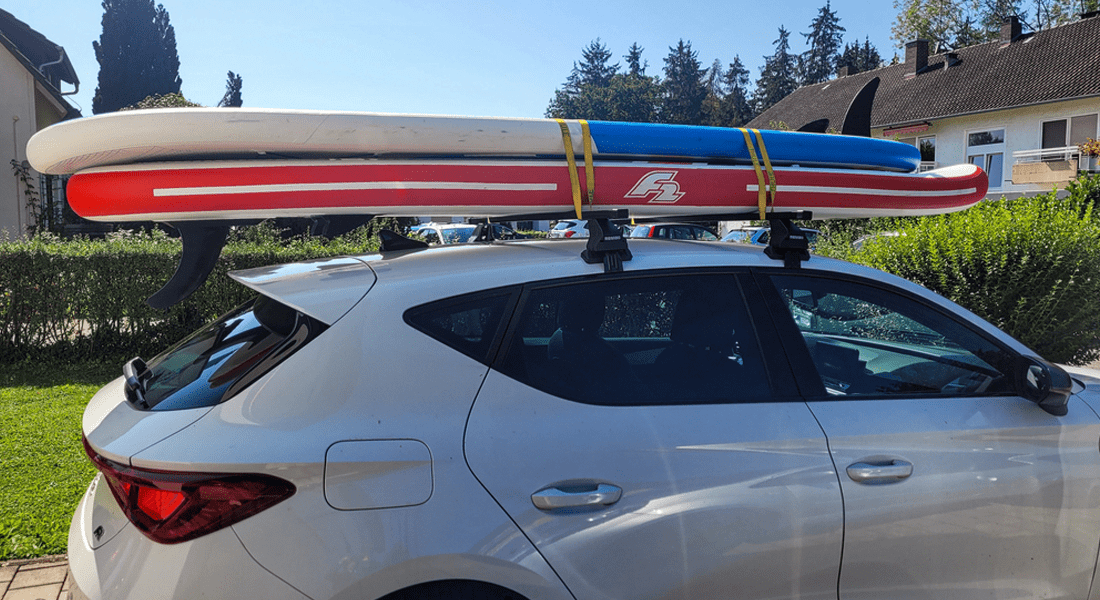
How To Transport Your Rental SUP Board
When you rent a SUP board for a Waikiki adventure, knowing how to transport a SUP board keeps your day smooth from the start. You probably feel excited to reach[...]